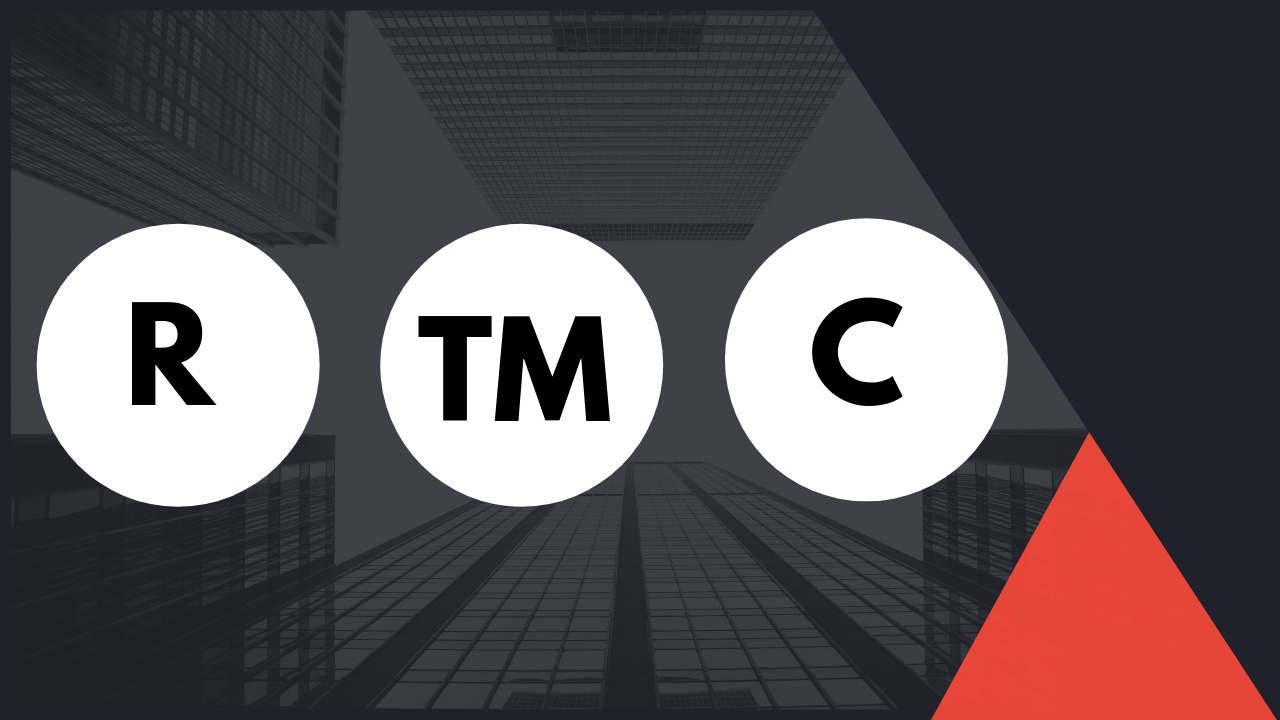Trademark
is a sign for consumers to identify the goods or services of each company from
those of others.
Trademarks
are an important part of client company’s competitive edge. As consumers, our
purchasing decisions are constantly influenced by trademarks. As business
people, we should have a better understanding of why trademarks are so
important to effective commerce. Trademarks are also used as a way of
protecting consumers. When businesses are responsible for any products or
services bearing their trademark, they tend to take more pride in products. To
maintain a good reputation, trademarked companies will often work harder to
provide quality services and products. Reasons
Trademarks
Are Important to Your Business.
-
Trademarks make it easy for consumers to find you.
-
Trademarks help prevent marketplace confusion
- Trademarks
are a very economically efficient communication tool
-Trademarks are your most enduring assets.
-Trademarks support stronger sales volume, stronger
margins, and can provide price maintenance legally
-Trademarks are relatively inexpensive to protect
-Trademarks allow businesses to most effectively utilize
the Internet
-Trademarks are very effective against unfair competition
1.
Trademarks make it easy for consumers to find you.
◦
Trademarks help you distinguish your products and services from those of
competitors and help identify you as the source.
◦
Trademarks indicate a consistent level of quality of your products and
services.
◦
Awareness of your brand and the goodwill embodied in your trademark can often
take decades to establish.
◦
Aggregate cost of advertising, promotion, marketing, and sales efforts can
easily reach into tens of millions or even billions of dollars, depending on
the product/service.
◦
Differentiating your product/service from competitors is increasingly difficult
to achieve, especially over a protracted period.
◦
Trademarks are the most efficient commercial communication tool ever devised
to:
•
"cut through the clutter";
• capture
the consumer's attention; and
• make
your products/services stand out.
2.
Trademarks help prevent marketplace confusion
◦
Trademarks protect the consuming public by preventing confusion as to the
source of goods or services.
◦ If the
product made under a brand turns out to be defective, consumers have accurate
information about the source of a product and can return it to the manufacturer
or supplier for a refund.
◦
Trademarks give consumers the ability to protect themselves by relying upon
known brands of products or services.
◦
Trademarks provide consumer convenience by allowing consumers to identify (by
word, logo, slogan, package design, or other indicators of origin) which
product or service they would like to purchase or to avoid purchasing.
◦
Trademarks provide consumer convenience by allowing consumers to base their
purchasing decisions on what they have heard, read, or experienced themselves.
◦
Trademarks motivate companies to provide a consistent level of quality, helping
the consumer to decide whether to purchase a desirable product or service again
or to avoid an undesirable one.
3.
Trademarks are a very economically efficient communication tool
◦
Trademarks dramatically reduce the costs of decision-making by allowing
consumers to rapidly select the desired product or service from among
competitive offerings.
◦
Trademarks can wrap up in a single brand or logo intellectual and emotional
attributes and messages about your:
•
Company;
•
Reputation;
•
Products and services; and
•
Consumers' lifestyles, aspirations, and desires.
◦
Trademarks can work effectively across borders, cultures, and languages.
◦ Famous
marks can be recognized as brands even when the native population speaks a
different language and reads a different alphabet (i.e., the McDonalds
"arches" logo, the NIKE "swoosh" logo).
4.
Trademarks are your most enduring assets.
◦
Trademarks are one of the few assets that can provide you with a long-term
competitive advantage.
◦
Trademarks are usually the only business asset you have that can appreciate
over time.
◦
Trademarks are leverageable - they provide value beyond your core business, and
can pave the way for expansion (or acquisition, if desired) of your business.
• Brand
Expansions:
•
KELLOGG'S - from "ready-to-eat cereals" to "snack bars and
breakfast bars"
• ARMANI
- from "runway apparel" to "perfumes and eyewear"
• VIRGIN
- from airline services to entertainment media and carbonated drinks
5.
Trademarks support stronger sales volume, stronger margins, and can provide
price maintenance legally.
◦ It is
often difficult to see significant differences among competing products.
◦ Your
brand can be the critical factor in driving the consumer's purchase decision.
◦ The
price variance among competitive offerings can also be substantial, often by
100% or more in the same setting, such as a newspaper. Once again, your brand
can make the difference.
6.
Trademarks are relatively inexpensive to protect
◦ Once
you have successfully registered a trademark, it has a potentially infinite lifespan with
the filing of renewals. Renewals can be filed every 10 years after registration
in the U.S. so long as the mark is being used in commerce (there are certain
exceptions to this use requirement that will not be discussed here).
• COLT
(first registered in 1889))
• QUAKER
(first registered in 1895)
•
PEPSI-COLA (first registered in 1896)
•
MERCEDES (first registered in 1900)
◦
Trademarks share attributes with other forms of property, like real estate, as
they can be:
• Bought
and sold ("Assignments")
• In the
acquisition of a business
• In the
acquisition of a specific product line
• Pledged
(as security, like a mortgage)- to secure loans to a business
•
Licensed (like renting or leasing)
•
Character merchandising
• Sports
endorsements and sponsorships
•
Co-branding promotions, sweepstakes, contests.
7.
Trademarks allow businesses to most effectively utilize the Internet
◦
Trademarks are often the "top-of-mind" address for an Internet user
seeking information about a company and its products/services.
◦ Higher
traffic on a website translates into higher rankings on search engine results,
bringing even more traffic.
◦ As a
result of the importance of the Internet to marketing, it is crucial to obtain
desirable domain names at the same time that a trademark is adopted.
◦ The
Internet also has the potential for widespread unauthorized use of your brand,
requiring vigilance to police both proper use of your brand and infringements
of it:
• META
tags
•
Embedded or hidden text
•
Counterfeits and design knockoffs
• Gray
market goods
8.
Trademarks are very effective against unfair competition
◦ In the
United States, deceptive and misleading advertising is prohibited by: Consumer
protection laws; Unfair competition laws; and The U.S. Trademark statute.










.jpg)
.jpg)